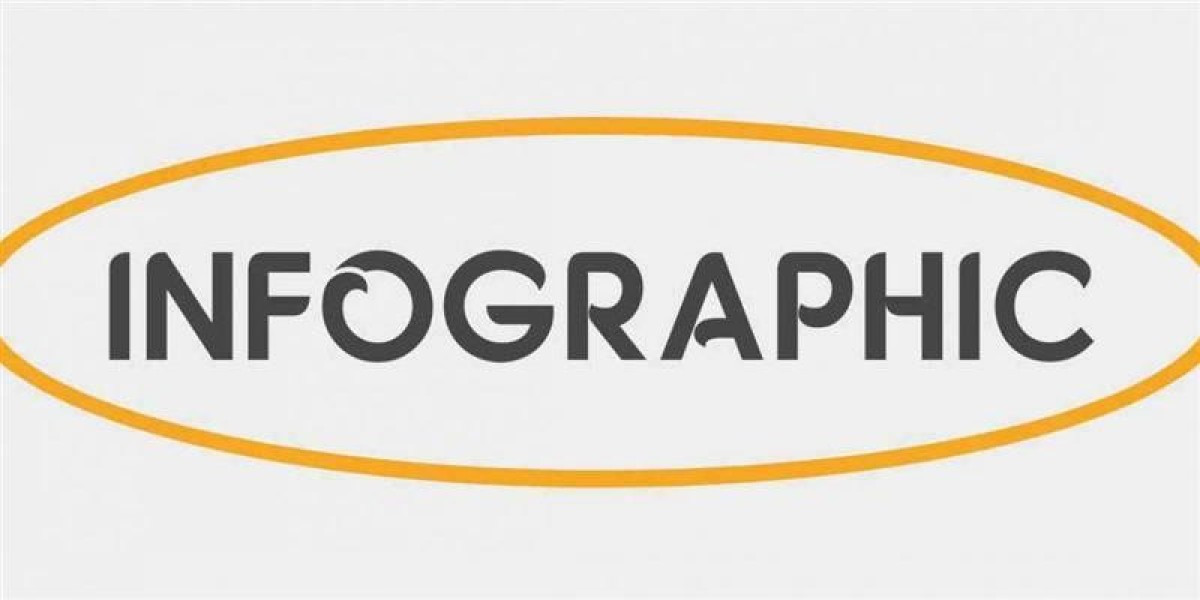Ensuring that your fire safety equipment is in good working condition is critical in the city of Dubai. Among the important tasks is the refilling of fire extinguishers. In this article we’ll cover what refilling means, when it’s needed, how it works, who’s authorised, and best practices for properties in Dubai.
Understanding Fire Extinguisher Refilling
Fire extinguishers are pressure-vessels filled with an extinguishing agent (for example dry powder, CO₂, foam, etc.). Over time or after discharge even partially, they lose pressure, the agent can degrade, or rust and damage can occur. If an extinguisher does not function properly when needed, the risk to life and property rises. For example, a service provider in Dubai notes that “fire extinguishers in Dubai lose pressure and reliability after use, or as they age, which makes timely refilling essential.”
Refilling means restoring the correct agent, re-pressurising, checking for damage or corrosion, renewing any seals, and tagging the extinguisher as serviced. This restores it to a “ready” state.
How refilling differs from replacement
Refilling is not simply replacing the whole extinguisher. Provided the cylinder, gauge, valve, and other components are within service limits, the agent can be replaced and pressure restored. If the cylinder fails hydrostatic test or shows severe corrosion, replacement may be required instead. Best practice is to engage an approved provider who can inspect and advise.
Regulatory and Compliance Framework in Dubai
Applicable regulations
In Dubai, fire safety is governed by the Dubai Civil Defence and local building and safety codes. For portable fire extinguishers, the code states that inspections should be done at regular intervals and maintenance should be performed by approved contractors.
Also guidelines for installation, maintenance, travel distances and access for extinguishers are laid out in local documents.
Why compliance matters
Failure to maintain extinguishers properly can lead to several issues: the equipment may not work in an emergency; the property may fail fire safety inspections; or legal/regulatory action may follow. For example, equipment that is not kept “in its designated place at all times” or is “rendered unfit for use” is subject to penalties.
Hence, refilling is part of a documented maintenance regime that supports compliance.
When and How Often Should Fire Extinguishers Be Refilled
Trigger events for refilling
Refilling should occur immediately after any discharge, even if only partially used. According to a Dubai-based service provider: “Fire extinguishers should be refilled immediately after use, even if discharged only slightly.”
Other triggers include visible damage, corrosion, leakage, tampered or missing seals, or the pressure gauge reading outside the “green” zone.
H3: Recommended frequency and inspection cycles
While specific manufacturer instructions must always be followed, general guidelines for Dubai (and UAE) include:
Visual inspection monthly or more often in harsh conditions (e.g., high heat, dust, corrosive environment).
Professional maintenance/refilling annually or sooner depending on use, environment and type of extinguisher. For example, some sources state that various types of extinguishers should be refilled every 12 months.
Hydrostatic (pressure vessel) testing every few years (for example every 5 years for CO₂ units) before refilling or continuing use.
Given the hot climate in Dubai and potential for humidity or corrosion, more frequent inspection is prudent.
The Refilling Process: Step by Step
Pre-refilling inspection
A certified technician will:
Check cylinder condition: dents, rust, corrosion, external damage.
Verify gauge reading or weigh CO₂ cylinders to detect leakage.
Confirm expiry, service history tag, and that unit is approved by Civil Defence.
Remove the unit if damaged beyond repair or if hydro-test is due.
Agent replacement and pressurising
The technician will:
Discharge any residual agent and clean internal parts if required.
Refill the correct extinguishing agent in line with the original specification (e.g., dry chemical, foam, CO₂).
Pressurise the cylinder correctly and install new seals/tags.
If required, conduct hydrostatic testing (for cylinders that reach the test interval) to ensure integrity.
Post-service tagging and documentation
After refilling, the technician should provide:
A service tag showing date of refill, next due date, technician signature.
Updated documentation/logbook entries for your fire safety records.
Keeping such records is essential for audits, insurance and regulatory compliance.
Choosing a Qualified Service Provider in Dubai
Certification and credentials
Ensure the provider is approved by Dubai Civil Defence and is licensed to perform maintenance and refilling of fire extinguishers. As one service provider emphasises: “Our technicians are trained and certified to perform refilling in accordance with Civil Defence requirements.”
Check that they issue proper certification, that they use approved parts and agents, and that they maintain safety records.
Local coverage and service response
Select a provider who services across Dubai (for instance commercial, industrial and residential properties) and offers prompt response times. Especially in multi-storey buildings, downtime of extinguishers should be minimised.
Ask about turnaround time, on-site servicing, and availability of replacement units if required.
Cost and value considerations
While cost is relevant, lowest price should not override safety and compliance. Confirm what the price covers: inspection, internal cleaning, agent, pressure test, tag, documentation. Ask about hidden costs (e.g., if hydro-testing is needed, or if major repair or replacement is required).
Best Practices for Building Owners and Facility Managers
Maintain an inspection schedule
Set up a calendar for monthly visual checks, quarterly reviews, and annual servicing including refilling. Ensure logs are maintained and easily accessible.
In Dubai’s climate, factors such as heat, humidity, dust, and building usage can accelerate wear and reduce service intervals.
Keep accessibility and visibility in mind
Ensure each extinguisher remains accessible, not obstructed, clearly marked and mounted according to code. The travel distance to the nearest unit should conform to local requirements
Label each unit with the last service date and next due date so staff remain aware.
Train staff and conduct drills
Refilling is one part; making sure the staff know how to operate a fire extinguisher is equally important. Training should include recognising the correct type of extinguisher, using it safely (for example the PASS method: Pull, Aim, Squeeze, Swipe).
Include extinguisher checks in overall fire safety drills so everyone knows where units are and how to report problems (e.g., pressure gauge low, corrosion, missing tags).
Frequently Asked Questions (FAQ)
Can a unit be refilled if it has never been used?
Yes. Even if a fire extinguisher has not been discharged, its pressure may drop gradually, or the agent may degrade or compact. Annual servicing and recharge/refill may still be required. Local providers in Dubai emphasise that refilling is required even if the unit appears unused.
What happens if the extinguisher fails hydrostatic testing?
If a cylinder fails the hydrostatic integrity test (due to corrosion, pitting, damage) it cannot be legally refilled; it must be removed from service and replaced.
Is refilling different for different types of extinguishers?
Yes. The extinguishing agent, refilling interval, and testing schedule vary by type (dry powder, foam, CO₂, clean-agent). For example, CO₂ cylinders often require weight checks and hydro testing every five years.
Always follow the manufacturer specification and local code requirements.
Can building owners refill extinguishers themselves?
No. Refilling must be performed by certified technicians from an approved service provider who follows the local fire safety regulations and issues the correct documentation. This ensures that after refilling, the unit remains compliant with the Dubai Civil Defence and relevant code requirements.
Summary
Refilling fire extinguishers in Dubai is a vital part of fire safety, compliance and risk mitigation. Whether for a residential tower, commercial office or industrial facility, ensuring extinguishers are inspected, serviced, refilled and documented will give confidence that your equipment will function when needed. Choose a qualified service provider, maintain your inspection and logbook systems, train your staff, and keep every unit accessible and up to date. This proactive approach helps protect lives, property and helps meet regulatory obligations in Dubai.







